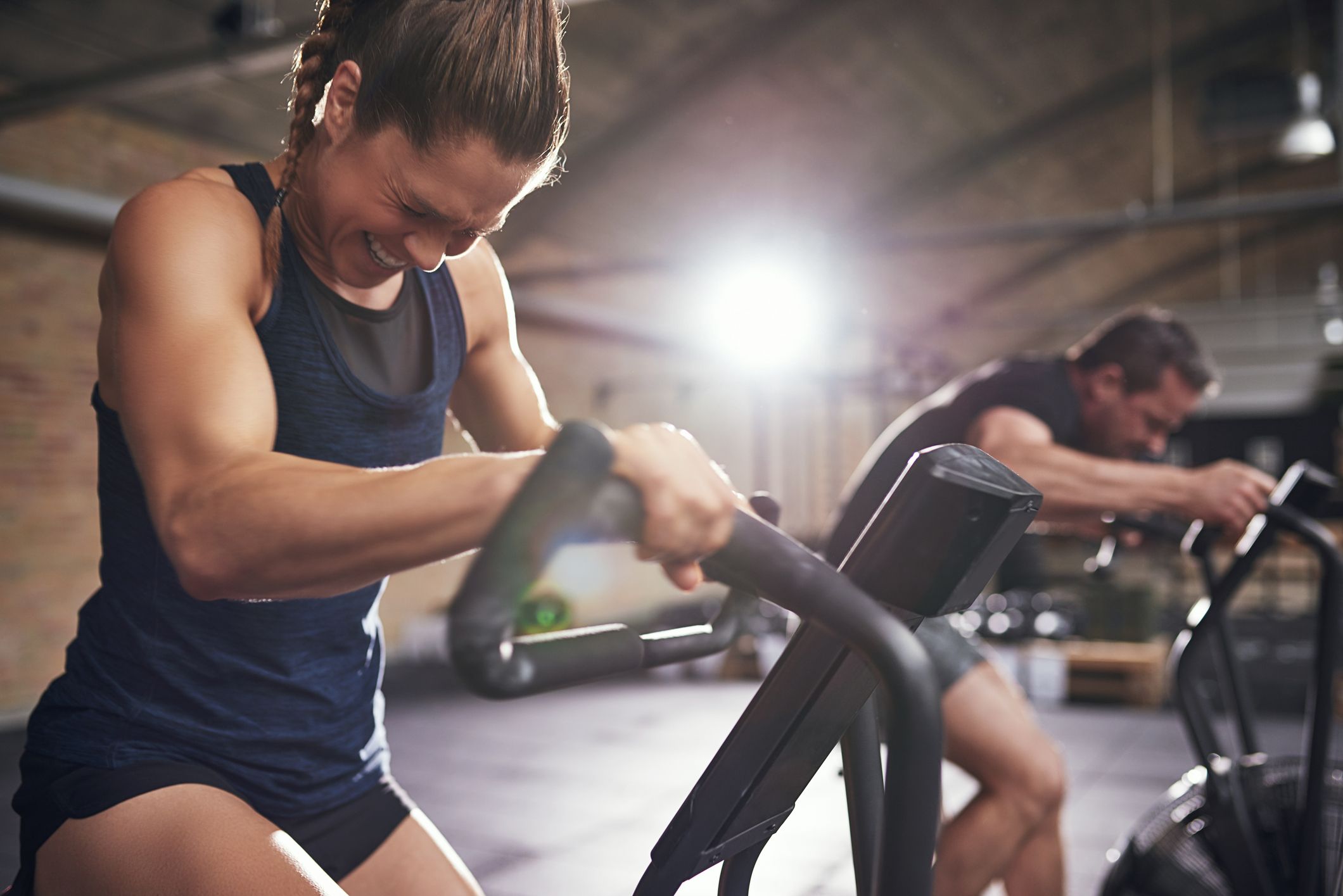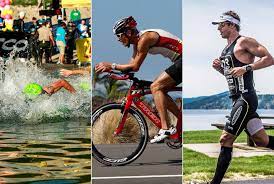Introduction Cycling is a fantastic cardiovascular activity that offers numerous benefits for both physical fitness and mental well-being. However, to maximize performance and minimize the risk of injuries, it’s important for cyclists to incorporate specific exercises into their training routines. In this article, we will explore seven highly effective exercises that can help cyclists improve strength, endurance, and flexibility, ensuring they reach their full potential on the bike.
- Squats: Squats are a fundamental exercise for cyclists as they target the quadriceps, hamstrings, glutes, and core muscles. By performing squats, cyclists can develop leg strength and power, which are crucial for generating force during pedaling. Start with bodyweight squats and gradually progress to weighted squats for added resistance. Maintaining proper form is essential to prevent injury, so focus on keeping your knees aligned with your toes and maintaining a neutral spine throughout the movement.
- Lunges: Lunges are excellent for strengthening the quadriceps, hamstrings, and glutes, while also improving balance and stability. This exercise mimics the motion of pedaling, making it highly specific for cyclists. Perform walking lunges or stationary lunges, ensuring that your knees stay aligned with your ankles and that you maintain an upright posture throughout. Adding dumbbells or a barbell can increase the intensity of the exercise.
- Planks: Core strength is crucial for cyclists to maintain stability and transfer power efficiently from the upper to the lower body. Planks engage the entire core, including the abdominal muscles, obliques, and lower back. Start with a basic plank by placing your forearms on the ground, keeping your body in a straight line, and engaging your core muscles. Gradually increase the duration and challenge by progressing to side planks, elevated planks, or adding instability with a stability ball.
- Single-Leg Deadlifts: Single-leg deadlifts are a highly functional exercise that strengthens the posterior chain, including the hamstrings, glutes, and lower back. This exercise helps improve balance, stability, and muscular coordination—essential elements for cyclists. Begin with bodyweight variations and progress to using dumbbells or kettlebells for added resistance. Keep your back straight, engage your core, and hinge forward from your hips while lifting one leg behind you.
- Hip Abduction and Adduction: The hip abductor and adductor muscles play a significant role in stabilizing the hips during cycling movements. Strengthening these muscles can prevent common overuse injuries and improve overall cycling performance. Utilize a resistance band and perform exercises such as lateral leg raises for abduction and seated hip adductions. These exercises specifically target the hip muscles and can be easily incorporated into your training routine.
- Yoga and Pilates: In addition to strength and power, flexibility and mobility are vital for cyclists. Yoga and Pilates provide excellent options for improving flexibility, balance, and body awareness. These practices also enhance core strength and stability. Incorporate yoga poses like the downward dog, pigeon pose, and spinal twists into your routine. Pilates exercises such as the hundred, single-leg stretches, and the plank are also beneficial for cyclists.
- Foam Rolling and Stretching: To enhance recovery and prevent muscle imbalances, cyclists should prioritize foam rolling and regular stretching. Foam rolling helps release tension in tight muscles, while stretching increases flexibility and range of motion. Focus on stretching the hip flexors, quadriceps, hamstrings, calves, and gl










